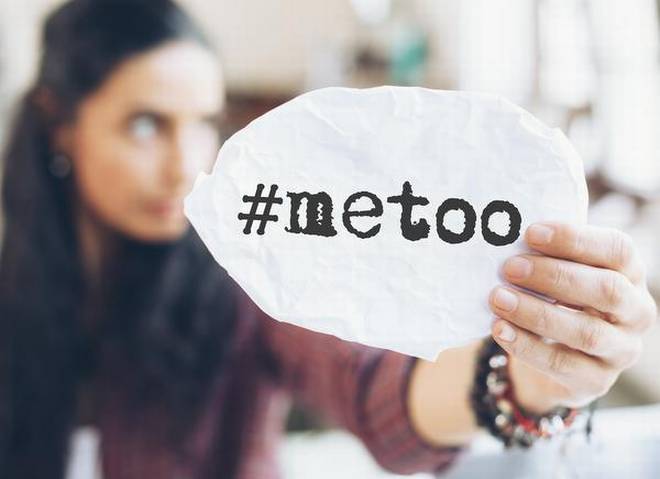By Levi Sumagaysay
The Mercury News
WWR Article Summary (tl;dr) Researchers found that 68 percent of those who file a sexual harassment claim faced some sort of employer retaliation.
The Mercury News
A majority of employees who come forward with sexual harassment claims get fired or experience retaliation from their employers, a new study shows.
Sixty-four percent of people who filed a sexual harassment complaint lost their jobs within a year, researchers from the University of Massachusetts Amherst Center for Employment Equity found.
The researchers analyzed more than 46,000 sexual harassment claims filed from 2012 to 2016 with the U.S Equal Employment Opportunity Commission and state Fair Employment Practices agencies in a study released last week.
The study examined a time period before the rise of the “Me Too” movement, which began last year. But in the wake of that movement, which has put harassment front and center in the tech industry, politics, Hollywood and elsewhere, it would be “interesting to see if the rates of reporting go up and stay up, and more interesting to see if they are successful, and less likely to be associated with job loss and retaliation,” said Donald Tomaskovic-Devey, professor of Sociology at Amherst and one of the study’s authors.
He and the other researchers also found that 68 percent of those who file a sexual harassment claim faced some sort of employer retaliation.
Tomaskovic-Devey also noted that “a vast majority of sexual harassment events never make it to the legal stage.”
The study estimated that about 5 million employees are sexually harassed at work each year, but that 99.8 percent of them did not file formal charges. The researchers further estimated that only about 1,500 of cases filed went to court.
In addition, only 23 percent of those who file claims with the EEOC received a monetary award, and the average amount was negligible: $24,700.
“It’s pitiful,” said Jean Hyams, a labor attorney at Levy Vinick Burrell Hyams in Oakland. “This is why I call survivors of sexual harassment who speak out courageous. They have nothing or little to gain.”
Hyams said that since the “Me Too” movement, she has fielded a lot of calls from people who have experienced harassment: “They feel empowered to speak or at least try to find out what their legal rights are because they’ve seen other victims do it.”
Pamela Lopez, a Sacramento lobbyist whose sexual assault accusation against California Assemblyman Matt Dababneh led to his resignation last year, founded Work Equity, a group for sexual harassment survivors, at the beginning of 2018. She said survivors have many things to consider when they’re trying to decide what to do, and there is no comprehensive set of resources for them to consult. Talking with others helps as they try to decide whether to take legal action, to stay with or leave their employers, and more, Lopez said.
“We’re making sure their voices are central to whatever action is taken,” she said. Work Equity has provided behind-the-scenes help to a group of women in Oakland who are fighting sexual harassment in the restaurant industry, and to entertainment-industry workers in Los Angeles, she said.
According to the Amherst study, there were nearly 9,000 sexual harassment claims in California from 2012 to 2016. Fifty-two percent of complainants lost their jobs, and 70 percent faced retaliation.
The study also broke down claims by industry. In the professional, scientific and technical industry, which would include tech workers, 6 out of every 100,000 female employees filed formal charges, also known as the charge rate.
buy neurontin generic https://buybloinfo.com/neurontin.html over the counter
For male employees, the charge rate was 1 for every 100,000 employees. The industry that saw the highest charge rates among female employees: mining and oil (28 for every 100,000); warehousing (24); and transportation (23).
Women, who make up 47 percent of the labor force, filed 81 percent of sexual harassment claims, according to the study. Men, who comprise 53 percent of the workforce, filed 19 percent of sexual harassment claims.
“Our conclusion is a simple one,” Tomaskovic-Devey, the Amherst professor, said. “This is really a managerial responsibility. Outsourcing (the sexual harassment issue) to the legal system (avoids) what needs to be done.” The report notes that the EEOC also recommends that the issue be treated as the responsibility of managers.














































































































































































































































































































































































